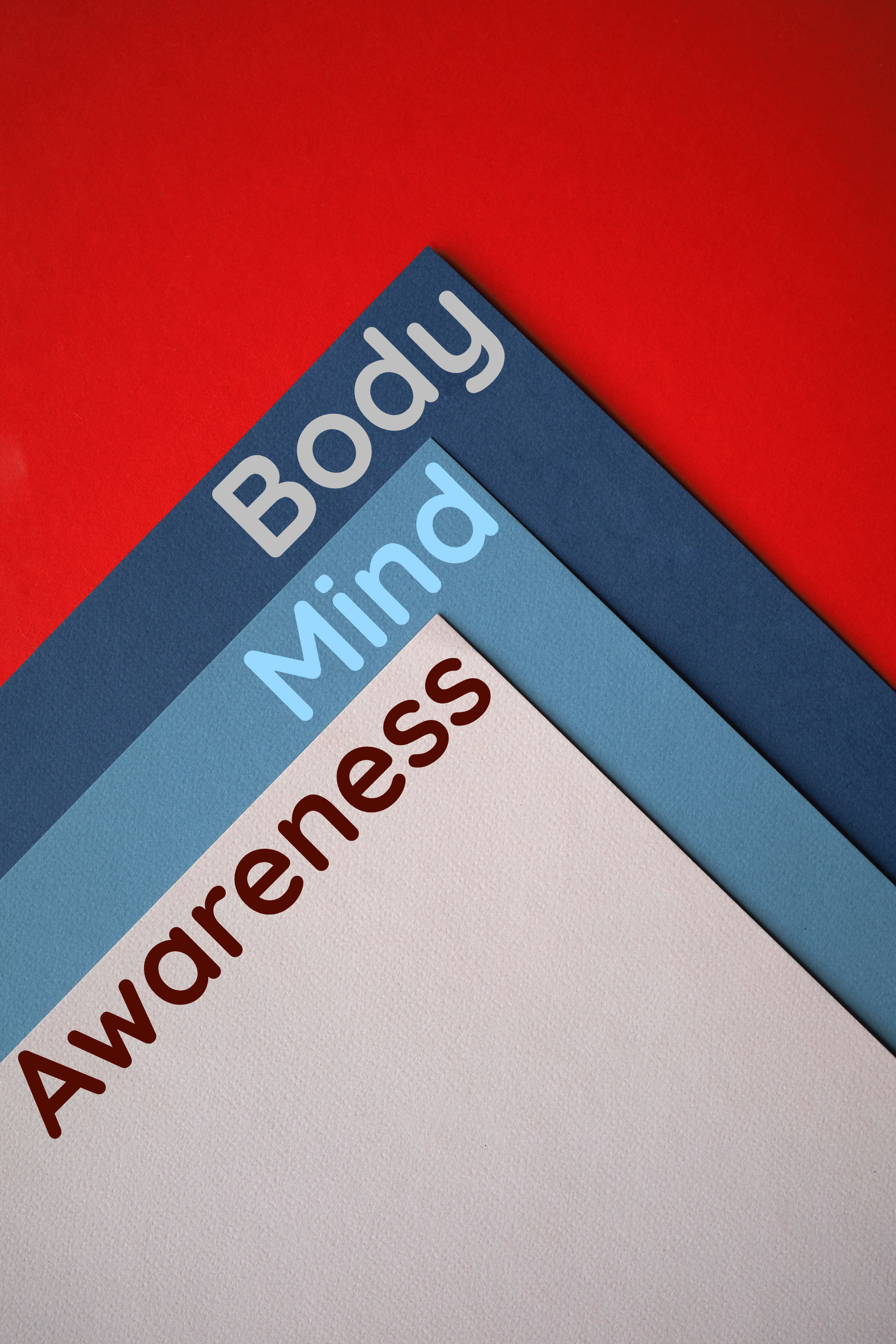Meditation, sleep and trance
A question that often comes up is. “How do I know if I have gone into a trance or sleep during meditation?”
Both sleep and a state of trance are linked to the body and the mind. Meditation according to ancient Eastern philosophy is beyond the mind and body. Before addressing this question, it is essential to understand the mind-body paradigm and why we even seek such a thing as meditation.
At any given point in time, the physical body is somewhere between a state of complete wellness and that of illnesses of varying degree. During childhood and adolescence where there is active growth in the body, the balance generally tips towards that of wellness. As we age, ailments begin to set in. Scientists have packaged molecules in edible or injectable forms we call supplements and medications, which are given to enhance physical wellness and treat any illness. When the body is in perfect working order, it feels weightless and virtually nonexistent. Rather than being a hindrance, it turns into a seamless extension of the inner self. A body in a state of perfect wellness is like a finely tuned high-performance car. It is highly responsive, full of energy to meet the demands placed by us. Just as the performance of any car depends on the power of its engine, the body depends on a subtle engine called the mind. A small malfunctioning part in the engine of a vehicle can bring it to a halt, similarly, if there is a shift, however slight, of the mind towards expectation, negativity, worry and fear, even a perfectly healthy body will be adversely impacted. For the body to function well, the mind plays a significant role. The body may be in perfect working order, but without the mind in a similar state of wellness, life will appear difficult. The word meditation as a majority understands it is an umbrella word that refers to various techniques that help with a mental tuneup. A well-tuned mind working in sync with a healthy body helps us maximize our enjoyment of the world. Commonly employed techniques geared towards a mental tuneup are far from the true definition of meditation.
Meditation, according to ancient eastern philosophy is sustained and intense concentration on the object of attention that leads to complete absorption into the essence of that object. Consequently, the mind loses its form. There is no subjective “I” in the state of meditation. When we lose the distinct subjective identity, there cannot be a goal or a benefit from meditation. To enjoy a benefit, the subjective “I” has to come back, and when that happens, we fall from the state of complete absorption and hence meditation. When we set a goal for our meditation practice, we link such a method to a distinct identity. As long as that identity remains, meditation according to this enduring definition does not exist. We will explore this further in another setting.
When our individual identity remains, any practice we refer to as meditation is an effort towards mental wellness. Unlike physical wellness, there are no supplements or medications we can take for mental wellness. It can only be achieved and sustained through personal effort. Besides the efforts we put in, mental wellness is very dependent on our level of contentment, and the fulfillment of our desires also has a significant impact. Unfulfilled desires lead to mental bondage. By practicing contentment, we can play an active role in choosing which desires to pursue, rather than letting desires direct how we live our lives. When there are little or no desires, we need not fight for or struggle for inner freedom. The mind will naturally open up. When we are closeted by desires, the sense of identity is more significant, and consequently, suffering is also magnified. We are accustomed to a transactional existence in which we give something up to gain something in return. Giving up desires may turn into a transaction. We are always trading, within and between thoughts. Uplifting ourselves through meditation also becomes an internal barter. We are ready to trade thoughts in exchange for mental peace or a novel inner experience which we may imagine as a meditative state. Each of us imagines differently what that inner experience ought to be. Based on past learning and memory, expectations differ. It is a given that we would like our identity to be in the center of any new experience. The presence of identity is the most significant hurdle on the path of meditation.
Going back to the question, “How do I know if I have gone into a trance or sleep during meditation?” From the manner of asking, it is evident that the personhood remains. As long as the questioner “I” is there, sleep or trance gains relevance. Perhaps, a better way to ask this question is, “Can we leave our personhood behind on the inner journey?”. For this, we would first need to leave behind mental conditioning. The mind is a programmable entity. Every day we wake up to a mind, which we can quickly populate with pre-programmed habits. This ability can be of great help to get us through the day. But it also makes the mind less pliable.
Programming of the mind draws upon the prior knowledge that is already encoded. Any mental activity when repeated for days, months and years make them routine and second nature. Such mental programming helps us avoid having to begin each day from scratch relearning everything. Life would be impossible especially in this fast-paced modern world. Just as a repetition of any physical activity will lead to muscle fatigue, repetition of habits will eventually lead to mental burnout. A mind that follows a constant pattern resembles a spinning wheel. A typical car tire, for example, goes through over 40 million revolutions over its lifespan. The energy of the mind is always spinning around many repetitive habits. Like an overused car tire, the mind will eventually demonstrate wear and tear. Mental wear out is reflected in boredom with life, lack of creativity, restlessness alternating with listlessness and procrastination, all of which are hallmarks of a stale mind.
Besides following a highly patterned behavior, the mind is also an excellent streaming service. Majority of the thoughts that the mind streams during the day are not curated to our liking. It is a random toss-up as to what thought comes into our conscious purview at any given moment. It streams a continuous reel of thoughts, without a searchable guide, index, with and without a specific context. Imagine a computer that shows random movie clips, images and sounds stitched together from its memory. Without question, we would call such a device a malfunctioning one which would likely be sent it in for repairs. We cannot do that with the mind.
The techniques we practice for mental wellness aim to wipe the slate of the mind clean, slow down the rate of projection of thoughts along with control over those projections. As we discussed earlier, this does not fall under the definition of meditation per ancient Eastern philosophy. Even if they fall short of the description, such practices aimed towards mental wellness are immensely beneficial. Since the mind is not accustomed to such methods and it is not yet a habit, we tend to use greater mental energy to focus and concentrate on those activities. A new mental routine, even if geared toward mental wellness, tires the mind and we may slip into sleep. Whether it is sleep or a trance, the result is the same. We lose awareness of the practice as well as that of the external world. There is nothing wrong with such loss of awareness, especially if done at nighttime we may benefit from a deeper and more restful sleep. In sleep one of the supports for the “I,” which is the body, disappears and our identity is in the shifting grounds of dreams. A trance is a half-conscious state in which body identity is not there. It may resemble a dream. However, for all practical purposes, we can club sleep and trance together.
To maintain freshness in activities geared towards mental wellness, we must be careful that it does not become another habit and a source of dependency. The mind is like an egg. Its shell has been hardened through habits and conditioning while remaining soft inside where awareness resides. Just as a newborn bird breaks out of a shell from the inside, the hard exterior of the mind can only be broken from the inside through the expansion of awareness. This expansion of awareness is not a mental discipline. It happens when in a state of non-expectation. The best place to practice non-expectation is during activities that promote mental wellness, call it meditation if that is a word you like. When there is no expectation, freshness is restored to our lives. A refreshed mind is a byproduct we can all live with, and it is not synonymous with sleep or a state of trance. Even without meditation, life will then become happier and more fulfilling. I suspect this is what we are really after rather than losing ourselves in contemplative meditation.







